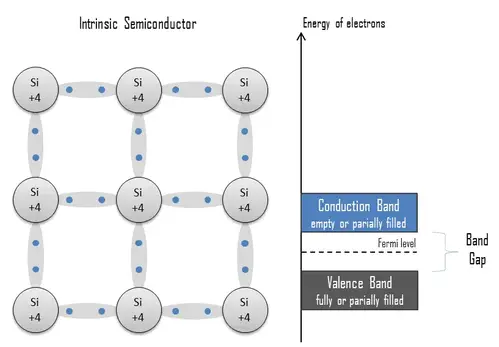Explore the four common multiplexing techniques: Frequency Division, Time Division, Code Division, and Wavelength Division Multiplexing in telecommunications.
Four Common Electromagnetic Wave Multiplexing Techniques
Multiplexing techniques play a vital role in telecommunications, specifically in utilizing bandwidth and transmitting multiple signals simultaneously. Here are four common types of multiplexing techniques employed in electromagnetic wave transmission.
FDM is one of the oldest and most straightforward multiplexing techniques. In FDM, the total bandwidth available is divided into a series of non-overlapping frequency sub-bands. Each sub-band is used to carry a separate signal, allowing multiple signals to be transmitted simultaneously.
In TDM, the entire bandwidth is available to each signal but only for a brief period. Signals are transmitted in turns, one after another, in a fast enough sequence that the end user perceives them as being transmitted simultaneously.
Unlike FDM and TDM, in CDM, all signals are transmitted simultaneously across the entire bandwidth. However, each signal is assigned a unique code sequence, allowing the receiver to demultiplex and correctly identify each signal.
WDM is similar to FDM but is used exclusively in fiber optic communications. Instead of dividing frequency bands, WDM divides the light spectrum into different wavelengths, each carrying a different signal. This technique allows for high-bandwidth, high-speed data transmission.
Conclusion
These multiplexing techniques have significantly contributed to the development and evolution of telecommunications. The efficient use of bandwidth and the capability to handle multiple signals simultaneously are among the remarkable feats achieved due to these techniques. As we continue to improve and advance these methods, we move closer to realizing more reliable and efficient data communication systems.



